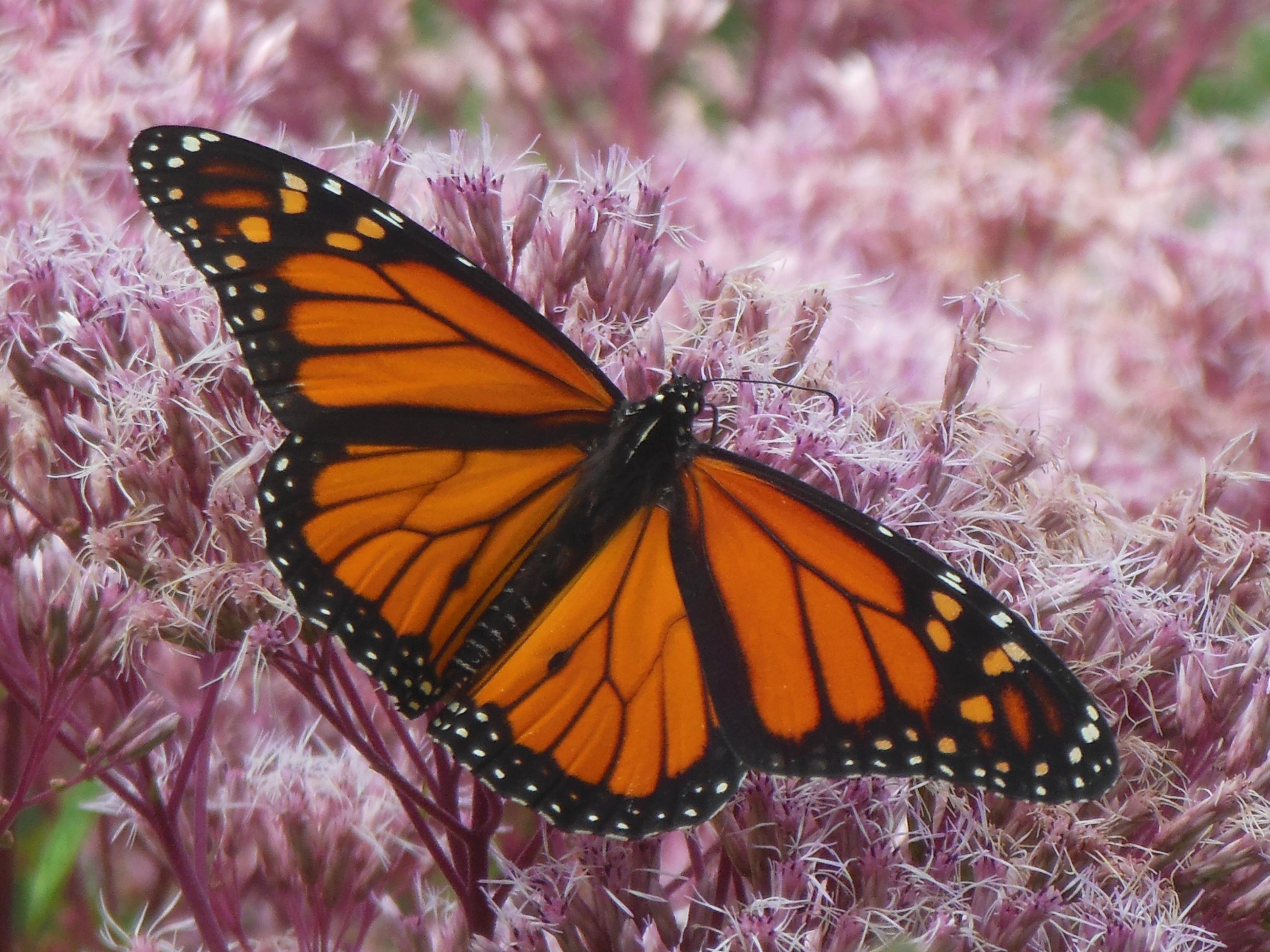Observing Fall Behavior
As summer ends and autumn nears, hummingbirds respond to seasonal changes: shorter daylight, cooler temperatures, and fall blooms. They instinctively know when to leave their breeding grounds. Fewer hours of daylight trigger hormonal changes that cause the urge to fuel up and fly south even though nectar-rich flowers are still in bloom and sugar-water feeders are full. What behaviors will you see this fall?
Report your observations as hummingbirds migrate from your backyard to their wintering grounds.

